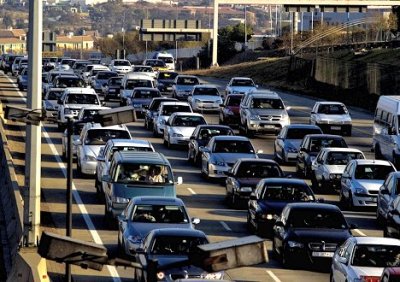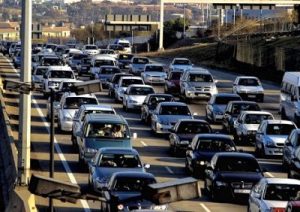
- By: News
- 0 comment
Sales of new cars in SA declined by 2.8% in 2019, dipping for the second year in a row.
In fact, if one disregards 2017, when new vehicle sales increased marginally, the new vehicle market has been on a downward trajectory since 2013.
While the latest figures released by the National Automobile Manufacturers of South Africa (Naamsa) on Tuesday showed that new car sales rebounded in December, increasing 4.2% year-on-year, does this signal that the industry is out of the woods? Can the marginal increases recorded from October to December be sustained?
Naamsa’s executive manager, Dr Norman Lamprecht, said unless the economy grows by more than 1% in 2020, the association expects the market to remain flat. And to avoid another yearly decline, the industry will increasingly rely on export sales.
“Because of exports, we’ve seen higher vehicle production in the country, despite the fact that the domestic market has been declining for the past six years, save for 2017, where there was a marginal increase year-on-year,” said Lamprecht.
The trying domestic market
New passenger car and light commercial vehicle sales have been in decline, even when the SA Reserve Bank lowered interest rates.
While Naamsa and most economists agree that the weak economy is to blame, Economists.co.za’s chief economist Mike Schussler said there’s another element at play: car price inflation in SA has often been above consumer inflation. This forced cash-strapped households to hold on to their old wheels, while usage of public transport and e-hailing services grew, taking away some market share from private transportation.
“People’s finances are under pressure. With services like Uber now, ultimately there’s a system in place that gives people an alternative, especially suburban South Africans who’ve never had public transport.
“Also, the traditional taxis in South Africa have really done well for us. They’ve beaten transportation rates, hands down and they are transporting more and more people. I see a lot more people in the suburbs take them.”
Schussler’s observations echo the findings of Deloitte’s 2019 Global Automotive Consumer Study, released on Monday, where one-third of e-hailing service users surveyed said they were considering giving up vehicle ownership. However, Deloitte noted that this was less than 36% that was reconsidering vehicle ownership in 2017.
Instead, the auditing firm said South Africans’ usage of e-hailing services has shifted from regular to occasional. It also said SA consumers still consider private cars be the easiest mode of transport. Nevertheless, their preference for private cars does not always boost new vehicle sales, as the used car market is taking a bigger share of vehicle sales currently.
“South Africans still place a high value on owning their own cars and purchasing a car is also still very much a rite of passage for most South Africans, however we have in recent years seen more and more consumers opting for used cars instead of new cars,” said Adheesh Ori, Monitor Deloitte: Africa Automotive.
What, then, for local manufacturers?
Naamsa estimates that SA’s automotive industry is responsible for approximately 457 000 direct and indirect formal jobs in the country and contributes 6.8% to gross domestic product (GDP) as it accounts for almost a third of manufacturing output.
Given the trying domestic conditions, Lamprecht said exports have become critical to keep the industry growing and thus preserve jobs. In 2019, SA achieved record annual export sales figure of 386 863 units, a 10.2% increase from 2018. Lamprecht said Naamsa expects this growth to continue as most vehicle exporters already have strong order books in place.
“Increase in exports means an increase in vehicle production despite what’s happening in the domestic market. From the industry side, that’s a key focus area because investment and employment are linked to production numbers,” said Lamprecht.
https://www.fin24.com/News/sas-new-car-industry-speeding-up-or-running-out-of-fuel-20200112



